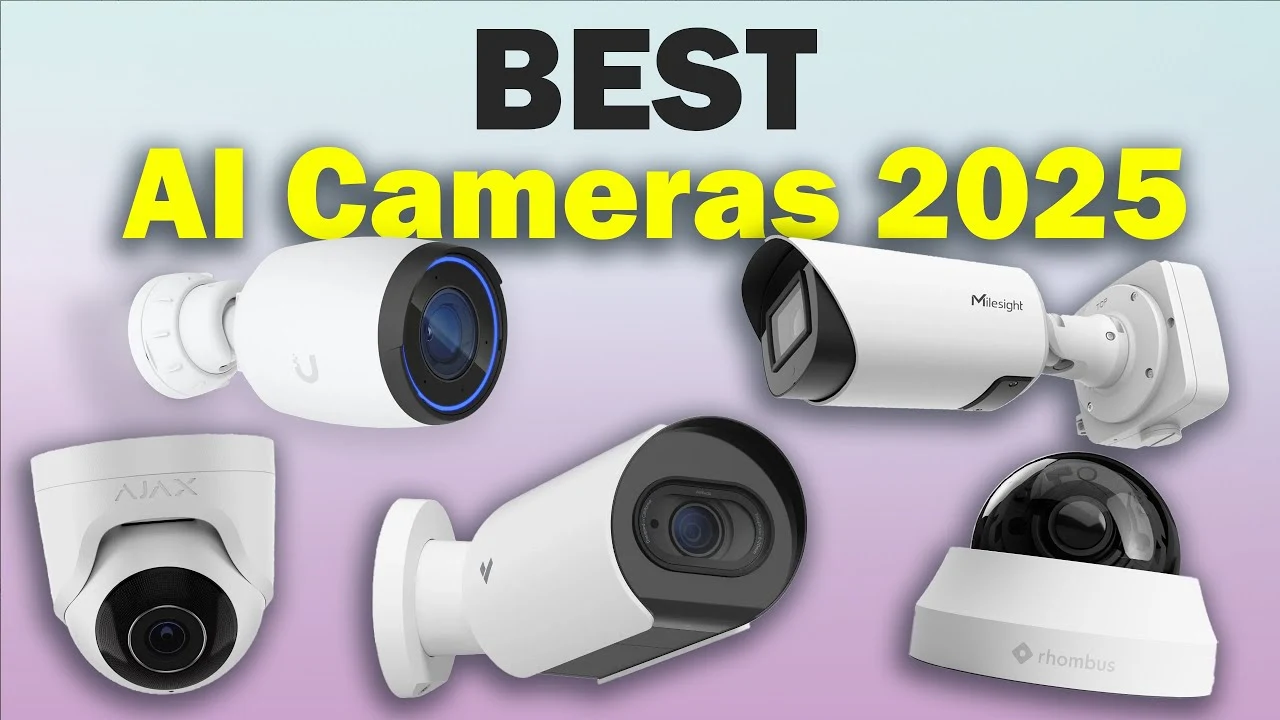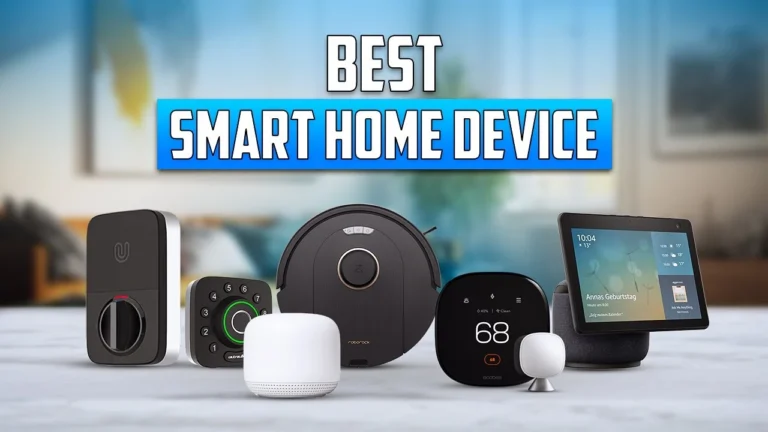AI Cameras 2025: Smart Vision Revolution Unleashed
Discover how AI cameras are transforming imaging, security, and sports in 2025. Explore smart AI vision systems, apps, and software that redefine modern photography.
Artificial Intelligence has reshaped the world of imaging, giving rise to the revolutionary AI cameras. Unlike traditional cameras, AI-powered models can analyze, interpret, and adapt in real-time. They detect faces, recognize patterns, and even make adjustments automatically. This innovation has opened new possibilities in photography, surveillance, and automation. AI cameras are now used in homes, stadiums, factories, and even wildlife research.
The global market for AI cameras is rapidly expanding as users demand smarter visual technology. From security to sports, the integration of AI enhances efficiency and accuracy. These devices are not just cameras; they are intelligent systems capable of decision-making. Whether capturing fast-paced action or monitoring activity, AI ensures results with precision. The evolution of AI imaging represents a true technological milestone.
The year 2025 marks a turning point in visual technology as AI cameras become mainstream. The combination of advanced sensors and deep learning models transforms ordinary cameras into intelligent observers. Their adaptability allows seamless performance across different industries. AI-driven image processing ensures clarity, reduced noise, and instant analysis. It’s the future of vision—smart, efficient, and constantly learning.
Learn more about smart living in our post on Smart Home Devices 2025
How AI Cameras Work
AI cameras combine machine learning, computer vision, and neural networks to interpret visual data. When they capture an image, algorithms analyze it for recognizable features like faces, vehicles, or objects. Over time, they learn to distinguish between routine and unusual patterns. This adaptability gives AI cameras an edge over traditional surveillance systems. They don’t just record—they understand.
Modern AI security cameras often use edge AI processing, which means data is analyzed directly on the device. This reduces latency and enhances privacy since footage isn’t always sent to the cloud. Systems like the Raspberry Pi AI camera allow users to create customizable solutions. These cameras use open-source software and computer vision models to track motion or detect anomalies effectively.
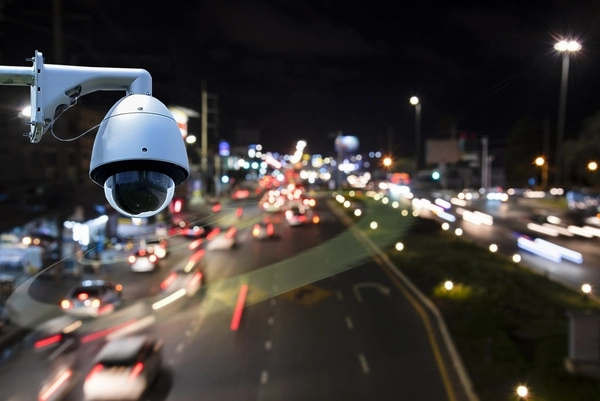
The intelligence of AI cameras depends on the quality of their training data and software. The more data they process, the better they become at recognizing complex scenes. They can detect human posture, identify animals, or even analyze emotions. Combined with AI camera apps and AI vision camera software, these systems redefine surveillance and content creation. The blend of AI and optics leads to cameras that think as they see.
Types of AI Cameras
AI Security Cameras
AI security cameras have become a cornerstone of modern safety systems. Unlike older CCTV models, they use deep learning to differentiate between humans, pets, and vehicles. This eliminates false alarms and provides real-time alerts for suspicious activity. Many models also include facial recognition, enabling secure access control and smart notifications. They’re ideal for both homes and businesses.
Leading brands like Spot AI, Ubiquiti, and Unifi AI cameras have advanced analytics built into their systems. These devices detect loitering, motion, and even behavioral patterns in crowds. Integration with AI security camera software allows users to receive insights, not just footage. The ability to predict threats before they escalate makes AI surveillance essential. Smart alerts and cloud connectivity provide an added layer of control.
For large enterprises, AI security camera systems offer centralized management of hundreds of cameras. Footage can be categorized automatically, making search and review faster. AI-enabled monitoring helps reduce manual oversight while improving accuracy. As urban areas adopt smart city frameworks, AI traffic cameras also play a role in maintaining safety. The integration of intelligence into vision systems has truly redefined surveillance.
AI Sports Cameras
AI-powered sports cameras are transforming how games are recorded and analyzed. These devices use AI tracking technology to follow players automatically without human control. Systems like Trace AI Camera and AI Soccer Camera record every move with precision. They capture highlights, measure speed, and provide instant playback for analysis. The result is a dynamic, hands-free sports experience.
Professional coaches rely on AI tracking cameras for sports to evaluate team performance. The cameras detect movement patterns, identify key plays, and generate data analytics. Even amateur athletes benefit from these innovations, using AI sports cameras without subscription for affordable recording. They can train smarter by analyzing recorded sessions and improving techniques. AI makes performance evaluation seamless and data-driven.
Beyond tracking, AI sports cameras also enhance broadcasting quality. Using algorithms, they optimize lighting, focus, and framing in real-time. The best AI sports cameras can even switch between players automatically. Brands like AI Pro Camera and Luna AI Camera deliver exceptional clarity and smooth transitions. Sports recording has evolved from manual to fully automated, making AI the real MVP of the field.
AI Bird Feeder and Wildlife Cameras
Nature enthusiasts are embracing the AI bird feeder camera, a device that merges technology with wildlife observation. It uses computer vision to identify different bird species as they visit the feeder. The AI smart bird feeder with camera solar powered ensures 24/7 operation without frequent charging. Its eco-friendly design and smart recognition features make it ideal for outdoor monitoring.
Researchers and hobbyists alike use AI-powered cameras to document wildlife behavior. The built-in recognition system classifies animals by shape, color, and motion. Data can be uploaded to apps for educational and scientific use. The AI bird feeder with camera contributes to citizen science, encouraging public involvement in conservation. These intelligent devices turn backyards into biodiversity observatories.
Wildlife AI cameras are not limited to birds—they also monitor animals in forests and parks. Using solar panels and motion sensors, they record rare moments automatically. The AI camera tracking system ensures focused capture on active subjects. These advancements reflect how AI bridges the gap between technology and nature. Smart environmental monitoring is becoming essential for a sustainable future.
Discover next-gen sound with Waterproof Bluetooth Speakers 2025
AI Glasses and Wearable Cameras
The concept of AI glasses with camera introduces a new level of personal convenience. These wearable devices combine augmented reality, image recognition, and navigation in one frame. They capture images, identify surroundings, and even translate text in real-time. Users can experience a smarter world through integrated AI vision systems. The fusion of optics and intelligence makes daily life more interactive.
Tech giants are integrating AI into wearables like the Apple AI Camera and smart glasses. These devices analyze what you see and provide relevant information instantly. From recognizing landmarks to suggesting routes, their applications are endless. AI wearable cameras are especially valuable for accessibility, helping visually impaired individuals navigate easily. The world literally becomes more understandable through intelligent lenses.
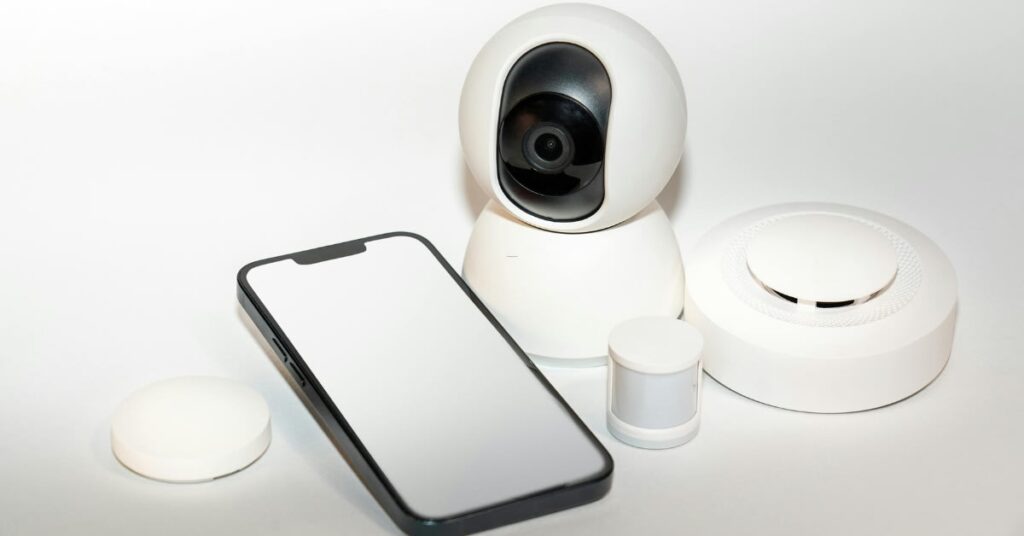
Future wearables will likely merge AI with real-time communication. Imagine glasses that identify people and display their names instantly or record your workout stats visually. AI camera systems will continue to miniaturize and integrate with daily gadgets. This blend of style and intelligence defines the next era of personal tech. AI vision is now wearable, practical, and increasingly powerful.
AI Camera Systems and Architecture
An AI camera system combines advanced hardware and software to deliver real-time analysis. These systems consist of sensors, processors, and connectivity modules working together. They don’t just capture visuals—they process them intelligently using AI algorithms. Whether for traffic monitoring or retail analytics, these systems provide actionable insights. The AI surveillance camera forms the foundation of modern smart monitoring.
Advanced systems like Jooan AI Smart Camera and Care AI Camera offer integrated detection, recording, and alert functions. Their AI cores can recognize human behavior, objects, and environmental changes. AI vision cameras also enable depth sensing and gesture tracking for industrial applications. Such systems improve workplace safety and enhance productivity. The combination of automation and intelligence defines modern camera design.
Enterprise-level solutions often use cloud-based AI camera monitoring platforms. These allow remote access, data analysis, and instant reporting. AI systems detect patterns faster than human operators, reducing the need for manual review. AI surveillance cameras also integrate predictive analytics to identify anomalies early. The blend of AI and surveillance has created a safer, more efficient ecosystem for businesses and communities alike.
AI Cameras in Traffic and Security Monitoring
In cities worldwide, AI traffic cameras have become critical tools for road management. They automatically detect violations, record license plates, and monitor congestion patterns. Using machine vision, they identify speeding, red-light running, and illegal parking. These cameras enhance safety while helping governments enforce laws efficiently. The integration of AI-powered security cameras improves urban infrastructure significantly.
Public safety departments deploy AI security camera systems for crowd control and event monitoring. With real-time analytics, they identify unusual activity or emergencies instantly. Some even integrate with drones for aerial surveillance. AI-powered surveillance cameras can operate under extreme conditions, providing high-resolution imaging day and night. The data collected is crucial for smart city planning and safety optimization.
For businesses, AI monitoring provides cost-effective and reliable protection. Retail stores use AI security cameras to prevent theft and track customer behavior. Offices benefit from AI CCTV camera networks that detect unauthorized access. These technologies reduce manpower needs and improve situational awareness. The partnership between AI and vision ensures smarter, faster, and safer environments.
AI Camera Apps and Software
The rise of AI camera apps has transformed mobile photography into an intelligent experience. Modern smartphones use AI algorithms to optimize brightness, color, and composition. Apps with built-in AI camera software can identify subjects and adjust settings automatically. Users enjoy professional-quality photos without complex configurations. It’s technology that turns anyone into a skilled photographer.
The AI camera iPhone and Android equivalents offer powerful visual recognition tools. They can detect scenes like landscapes, food, or portraits and adjust parameters accordingly. Developers continue to innovate with AI puzzle solver cameras and object identification features. These smart applications are redefining digital creativity. The era of manual editing is fading, replaced by intelligent automation.
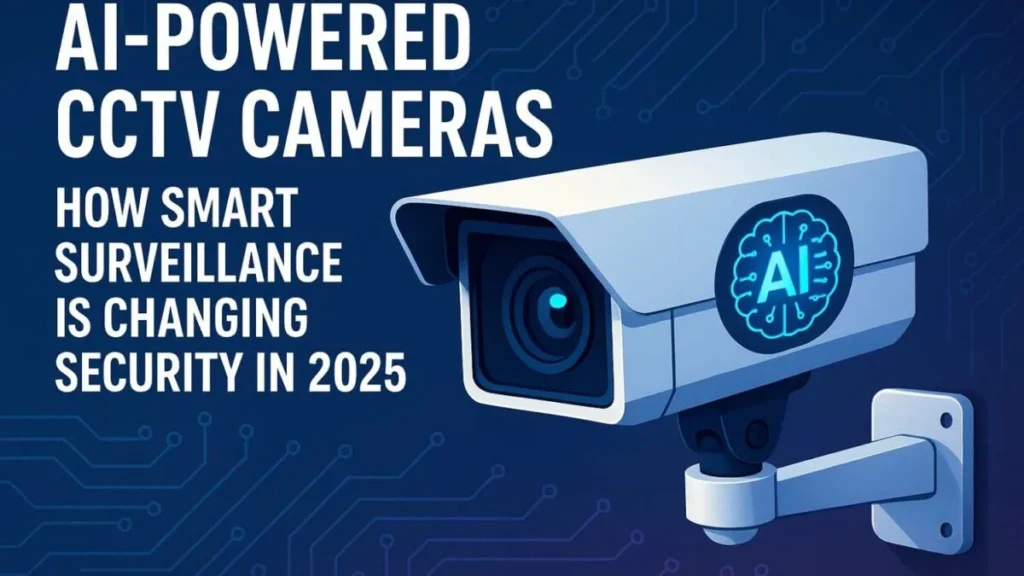
Beyond photography, AI camera software powers surveillance, retail analytics, and robotics. AI security camera monitoring software enables businesses to manage multiple devices simultaneously. It can analyze footage for customer demographics or employee movement. Such insights drive both security and productivity. The fusion of AI vision and software innovation continues to revolutionize industries globally.
Boost your outdoor fun with Best Barbecue Grills 2025
Future of AI Cameras
The next generation of AI cameras will focus on autonomy, privacy, and ethics. Manufacturers are developing systems capable of predictive analysis—anticipating events before they occur. Edge computing will reduce reliance on cloud servers, keeping data local and secure. Cameras will soon adapt not just to light and motion but also to user intent. The line between observer and participant will blur.
AI integration in smart homes, sports, and public safety will continue to evolve. AI camera systems will collaborate with other smart devices, creating connected ecosystems. Imagine security cameras communicating with lighting and alarm systems automatically. This level of automation will redefine convenience and protection. The AI vision era has just begun, and its impact is boundless.
In the long run, AI vision will influence education, healthcare, and entertainment. AI sports cameras will enhance e-learning for athletes. AI surveillance systems will ensure safer schools and workplaces. Even environmental projects will benefit from autonomous observation. The AI camera revolution represents not just smarter devices, but a smarter society.
Conclusion
AI cameras represent a powerful intersection between intelligence and vision. They have changed how we capture, analyze, and understand our surroundings. From AI-powered sports cameras to AI security camera systems, each innovation brings us closer to automation and awareness. These devices embody the future of technology—responsive, adaptable, and insightful.
The versatility of AI cameras spans industries and lifestyles. Whether you’re a wildlife photographer, an athlete, or a homeowner, AI provides unmatched clarity and control. Their learning capability ensures that performance improves with every capture. This evolution proves that AI is not just enhancing cameras—it’s redefining visual intelligence itself.
As we move deeper into 2025 and beyond, AI will continue to expand its influence. The fusion of human creativity and machine intelligence will yield even smarter visual systems. AI vision cameras will become indispensable tools for every aspect of modern life. The world through an AI lens is clearer, safer, and smarter than ever before.
FAQs
1. What is an AI camera and how does it work?
An AI camera is a smart device equipped with artificial intelligence that analyzes visual data in real-time. It uses algorithms and machine learning to detect, recognize, and track objects, people, or activities automatically. Unlike traditional cameras, AI cameras can interpret what they see — identifying motion, faces, vehicles, or even emotions — for smarter decision-making and automation.
2. What are the main types of AI cameras available today?
AI cameras come in various forms, including AI security cameras, AI sports cameras, AI tracking cameras, and AI bird feeder cameras. Each serves a unique purpose — for example, security cameras focus on surveillance, while AI sports cameras automatically follow athletes and record gameplay highlights. Some advanced models, like AI smart glasses with cameras, integrate augmented reality for immersive experiences.
3. How is an AI-powered security camera different from a normal one?
AI-powered security cameras don’t just record video — they understand it. These cameras use computer vision to detect unusual movement, recognize faces, and differentiate between humans, pets, and vehicles. This means fewer false alerts and smarter security monitoring. Systems like Unifi AI cameras and Ubiquiti AI cameras offer cloud-based analytics and remote access for better control.
4. Are AI sports cameras worth it for athletes and coaches?
Yes, AI sports cameras are revolutionary tools for athletes, coaches, and content creators. Devices like the Trace AI camera or Pixellot AI sports camera automatically track players and record games without manual control. They provide real-time analytics, replays, and performance data that help improve strategy and training efficiency.
5. Can AI cameras be used with Raspberry Pi?
Absolutely! The Raspberry Pi AI camera is a popular project among developers and hobbyists. It allows users to build custom AI vision systems using open-source software. From motion detection to facial recognition, the Raspberry Pi platform makes AI camera experimentation affordable and educational.
6. What is the best AI camera for home security?
The best AI security cameras offer advanced motion detection, night vision, and cloud connectivity. Top-rated options include Arlo Pro AI, EufyCam 3, Google Nest Cam (AI), and Spot AI camera systems. These models provide real-time alerts, smart recording, and integration with Alexa or Google Home for seamless monitoring.
7. Do AI bird feeder cameras really identify birds?
Yes! AI bird feeder cameras use intelligent recognition software to identify bird species automatically. Models like Luna AI bird feeder camera and smart solar-powered bird feeder cameras capture stunning footage and share insights via apps. Bird enthusiasts love them for their accuracy and ability to document visits in real time.
8. What are AI tracking cameras used for?
AI tracking cameras automatically follow a moving subject without manual input. These are especially useful for sports, presentations, vlogging, or wildlife observation. Cameras like OBSbot, AI tracking sports cameras, and AI PTZ cameras use advanced motion algorithms to ensure smooth, stable tracking even at long distances.
9. Do AI cameras require a subscription to use features?
Not always. Some AI cameras come with free local storage and basic AI detection. However, advanced analytics, cloud storage, or smart alerts may require a subscription. For instance, AI sports cameras without subscriptions are available, but models with cloud AI processing often offer premium plans for extra features.
10. Can AI cameras integrate with smartphones or apps?
Yes, most modern AI cameras work seamlessly with mobile apps. Through the AI camera app, users can view live footage, adjust settings, and receive instant alerts. Some cameras, like AI camera iPhone and AI smart camera systems, even support integration with Siri, Apple HomeKit, or Google Assistant.

